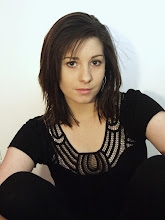The Art Nouveau style made itself known and present between the 18802 to the 1910s. Art Nouveau was influenced strongly by artist Alphonse Mucha. After he produced a lithographic poster in 1895, the style became popularized, as did Alphonse. The style was firstly known as the ‘Mucha Style’ before it became known as ‘Art Nouveau’.
Art Nouveau was most popular in Europe and the British Islands, but its influence was global. The Art Nouveau monuments are now recognised by UNESCO with their World Heritage List as significant contributions to cultural heritage.
William Morris was a well-known artist for his Art Nouveau style art. Although this art movement was also a style of distinctive individuals such as Gustav Klimt, Charles Rennie Mackintosh, Alphonse Mucha, Rene Lalique, Antoni Gaudi and Louis Comfort Tiffany, each of who interpreted it in their own way.
The Art Nouveau style is known for its flora and fauna, as well as its flowing lines and repetitive patterns. A particular piece of this style of artwork is the image of a woman with a lot of curves and long wavy hair. Visual standards of the Art Nouveau style are flat, decorative patterns, intertwined organic forms of stems or flowers. Art Nouveau emphasized handcrafting as opposed to machine manufacturing, the use of new materials. Although curving lines characterize Art Nouveau, right-angled forms are also typical, especially as the style was practiced in Scotland and in Austria. As you may notice, a lot of churches have stained glass windows that were actually influenced by the Art Nouveau style.
Although Art Nouveau was replaced by 20th-centruy modernist styles, it is considered now as an important transition between the historicism of modernism.

0 comments:
Post a Comment